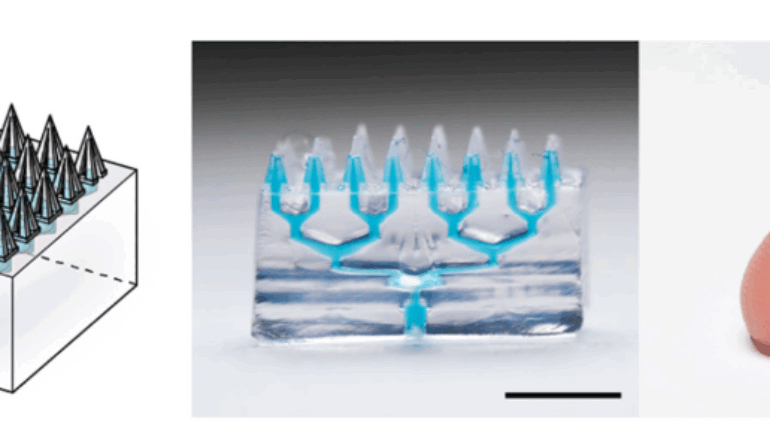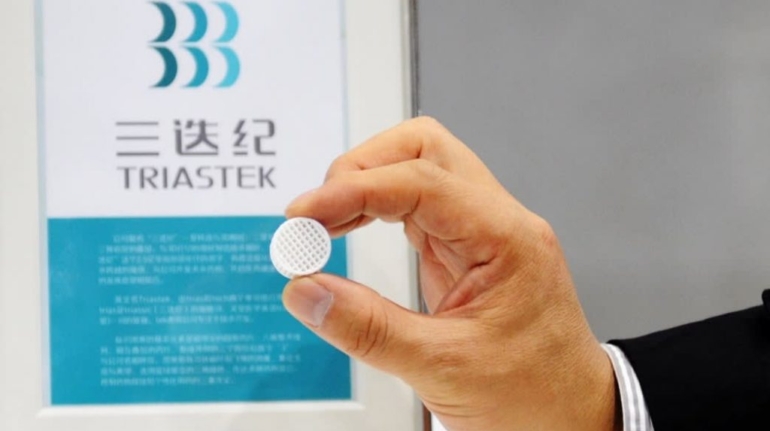Continuity Biosciences backs Joseph DeSimone PinPrint’s unique 3D printed microneedle tech
US-based biotechnology company Continuity Biosciences has invested in 3D printed microneedle technology specialist PinPrint to expand its focus from therapeutic delivery into aesthetic and cosmetic applications.



